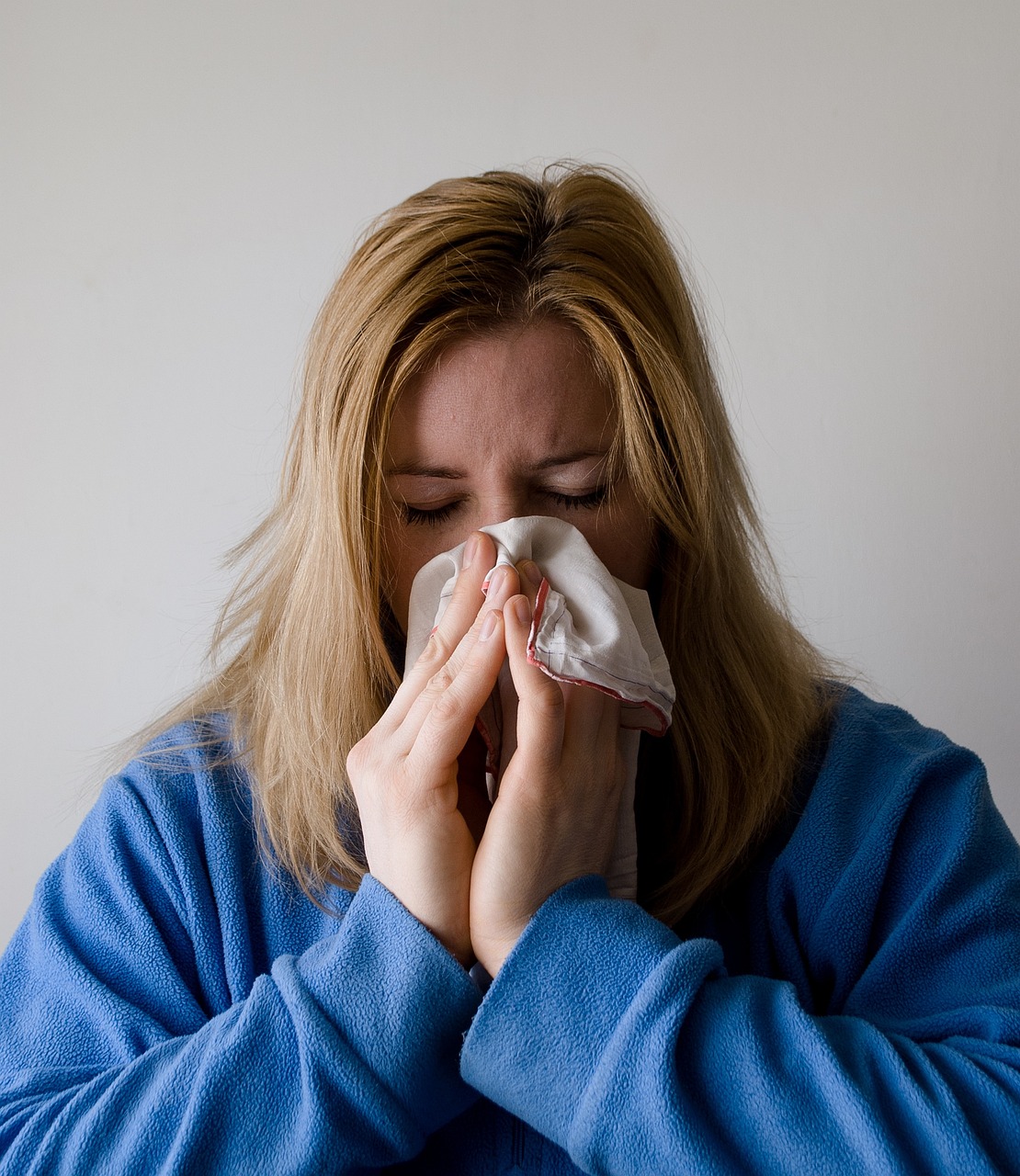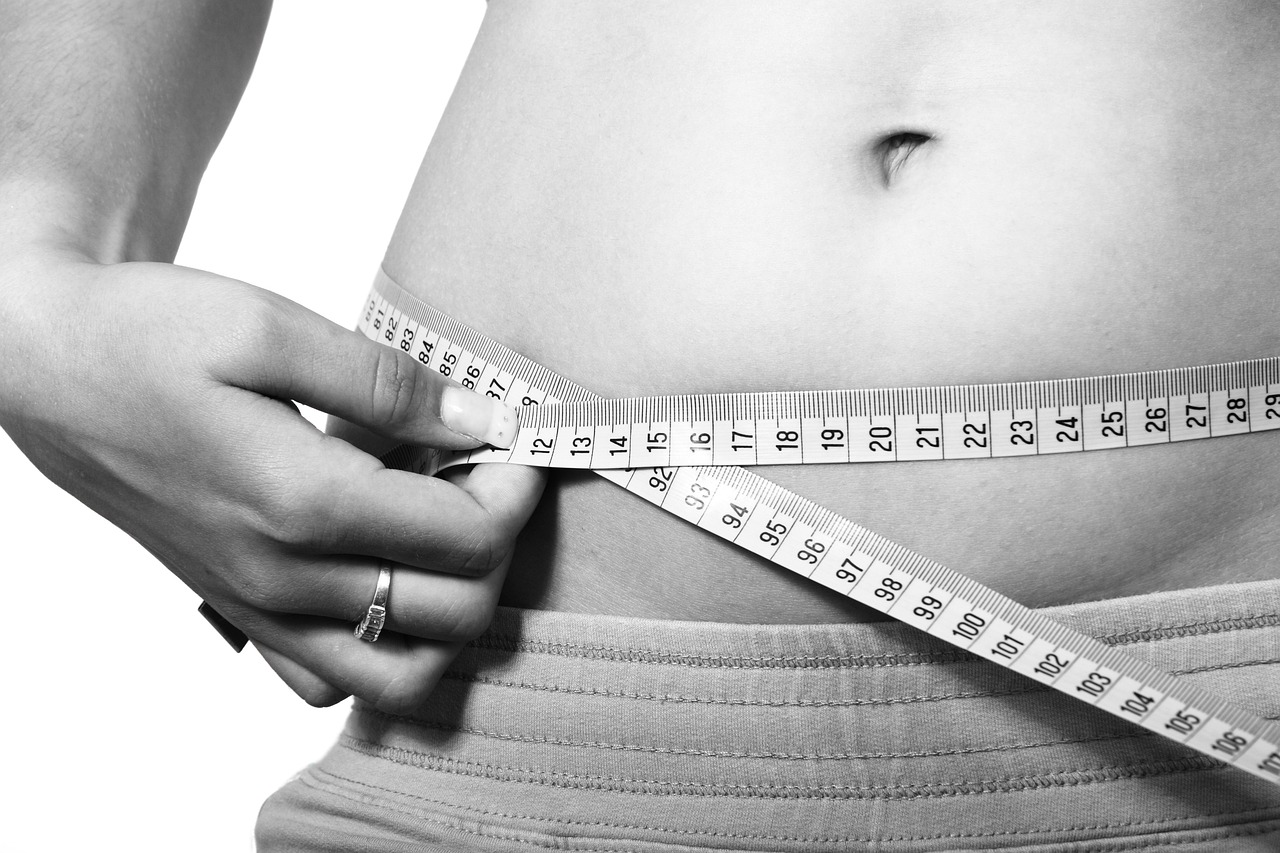What is allergic rhinitis? Allergic rhinitis, formally known as allergic rhinitis, or simply allergic rhinitis, is a group of syndromes characterized by paroxysms of runny nose, nasal congestion, sneezing, nasal itching; coughing; and itching of the eyes, ears, and palate after exposure to allergens (allergens); and can lead to irritability and irritability in the long term.
Allergic rhinitis is a global health problem, with the incidence increasing year by year. It accounts for 10% or 20% of adults in Western countries, and even up to 30% in some developed countries. The World Health Organization estimates that about 600 million people worldwide suffer from this disease, and one-third of them have comorbid asthma.
Factors such as air pollution and psychological stress can contribute to the airways being in a hypersensitive state, inducing more severe respiratory allergy symptoms. Currently, allergic rhinitis is characterized by multiple allergen sensitization, long duration of symptoms and high severity of the disease. More than 90% of patients with this disease are moderate or severe, and about 44% of patients with this disease are accompanied by non-allergic triggering factors, which manifests as mixed rhinitis.
Prevention of this disease includes protection, diet, exercise, and medication, with avoidance of allergens being the most important.
The World Health Organization believes that the best way to prevent allergic rhinitis is to block allergens in the environment. The way of prevention: the first is medication, using blocking drugs such as antihistamines 1-2 weeks in advance; the second way is to wear a mask. Good protective gear has 5 main characteristics: good filtration, does not hold air, good sealing, easy to clean and good safety, patients should pick protective gear from these 5 aspects.
Diet should first adhere to the principle that allergic foods should be avoided when they can be avoided. Avoid eating raw, cold foods, including cold drinks, cold dishes, etc.; avoid eating stimulating foods, such as spicy, fried, pickles, etc.; to ensure adequate sleep; patients should also minimize the use of air conditioning, reduce the number of times in and out of the air-conditioned room; relax physically and mentally, and more outdoors to breathe fresh air, and more exercise to enhance resistance and reduce the irritation of the nasal mucosa.
If you need to use medication, please apply it under the guidance of a physician, and not just search the Internet for self-treatment.
It is important to note that many allergic rhinitis patients start from childhood and stay with them throughout their lives, and allergic rhinitis in children should be taken more seriously and prevented. So what are the signs of allergic rhinitis in childhood that can help us find it in time?
Allergic rhinitis manifests itself differently depending on whether it is an acute reaction or a chronic allergic reaction. If a child has a runny nose and sneezing soon after entering a room or coming into contact with an object, then it is most certainly allergic rhinitis. However, if the child’s reaction does not occur immediately after contact with an allergen, but only after a few hours or half a day, then it is also allergic rhinitis, so don’t think that if it doesn’t occur immediately, it has nothing to do with allergies. The following are the specific manifestations of allergic rhinitis.
Runny nose: After contact with allergens, the manifestation of a runny nose, the nose is clear water nasal mucus, clattering and can not be stopped, this is a distinctive feature of nasal mucus, and infection with yellow and green nasal mucus is different. Runny nose is caused by increased mucus secretion due to allergy. In addition, you should note that the snot not only flows to the front of the nasal cavity, but also to the back of the throat.
Paroxysmal sneezing: allergies cause inflammatory mediators to stimulate the sensory nerves at the nasal mucosa, and sneezing occurs. If sneezing occurs when the child comes into contact with a certain object, it is mostly allergic rhinitis. This kind of sneezing is usually very characteristic, usually after leaving the allergic environment, there may be nothing at all, into this environment, sneezing occurs. Of course some children with persistent allergies will sneeze continuously.
Nasal congestion: Nasal congestion in allergic rhinitis is caused by congestion and edema blockage of the nasal mucosa. In addition, too much nasal discharge can also lead to nasal congestion. Nasal congestion will lead to discomfort, and in severe cases, it will cause the child to breathe with his mouth open, sleep uneasily at night, and snore.
Itchy nose: An itchy nose is an allergy-specific manifestation, caused by histamine, which is an allergy-induced itch. When a child develops an itchy nose, he or she may not complain of itchy nose, but will often show signs of sniffling, wrinkling, and rubbing the nose, which is known as the “allergic salute sign” – because it’s not a real salute.
Coughing: Coughing can be caused by inflammatory factors from allergies that stimulate cough receptors; it can also be caused by an irritating cough from snot flowing back up into the throat or trachea. In addition, if the cough caused by the backflow of snot to the pharynx occurs mostly when the body position changes, especially after getting up in the morning, from the lying position to the standing position, the snot will be easy to backflow, resulting in cough.
Itchy eyes and eye rubbing: Allergic rhinitis is usually combined with allergic conjunctivitis. When a child is allergic to something, it’s not just the nose that shows symptoms. The eyes are open and open to the outside world every day, and the conjunctiva is on the surface of the eyeballs, which can easily come into contact with allergens, leading to allergic conjunctivitis. The symptoms of allergic conjunctivitis are red, watery eyes, itchy eyes and photophobia. After a child develops allergic conjunctivitis, he or she will feel itchy, so he or she will always rub his or her eyes.
Sensitive reaction to a variety of substances: the child if there is a long-term allergy, then the nasal mucosa at the persistent inflammation, and the persistent inflammation leads to increased sensitivity of the nasal mucosa to external stimuli, the child smells smoke, contact with cold air can produce.
Sleep, energy damage: if the child rhinitis is very heavy, then the child at night because of nasal congestion, resulting in insufficient inhalation of oxygen, the child can not sleep well, lack of sleep will lead to lack of energy during the day, fatigue. Some children will show signs of temper tantrums. Generally if a child shows these signs, it is considered to be moderate or severe allergic rhinitis.
At what age does allergic rhinitis occur? This disease occurs mostly in children over 2 years of age because it takes repeated exposure to allergens over several years to cause allergic rhinitis to appear. If your child has a runny nose, sneezing and coughing, look for other causes more often. However, it is not completely impossible to consider allergic rhinitis if the child has particularly severe allergies, recurrent eczema that does not resolve, and symptoms that appear when entering a specific environment. the incidence gradually increases from the age of 4 years. It is important to treat the condition as soon as it is detected to prevent your child from suffering from rhinitis for the rest of his or her life.



